
Education Resources
Showing 11 - 20 of 39 learning resources…
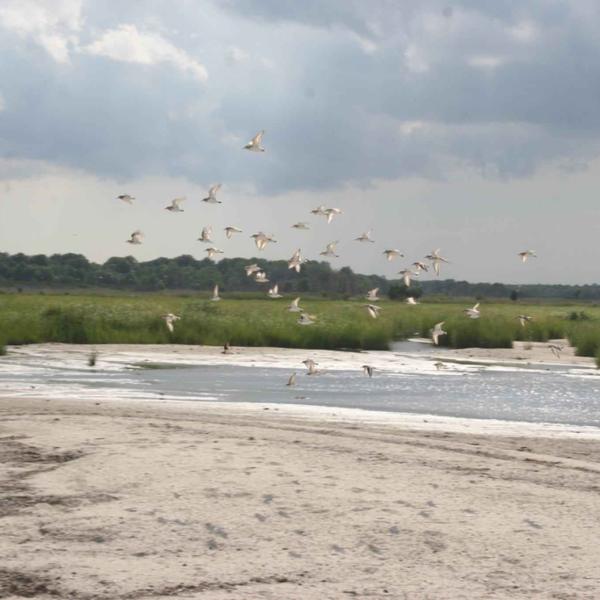
Shorebirds Background Information
Shorebirds rely almost entirely on wetlands and coastal areas for their survival as they feed, rest and raise their chicks on the shoreline. They wade in the water (and are sometimes called waders), but don’t swim or ever land on water, unlike seabirds!
Shorebirds Background Information outlineShorebirds Judging Rubric
Shorebirds rely almost entirely on wetlands and coastal areas for their survival as they feed, rest and raise their chicks on the shoreline. They wade in the water (and are sometimes called waders), but don’t swim or ever land on water, unlike seabirds!
Shorebirds Judging Rubric outline
Shorebirds webinar pre and post activities
Shorebirds webinar pre and post activities downloadShorebirds Competition
Year 3 to 6 tour outline and syllabus outcomes
The ANSTO primary tour experience has been enjoyed by thousands of students. Visit world-class science facilities and learn about the important role of scientists in society and the different environments they work in. Students participate in a fun and engaging "Colour and Light Show" and discuss their science interests with our experienced education team.
Year 3 to 6 tour outline and syllabus outcomesPrimary School Tours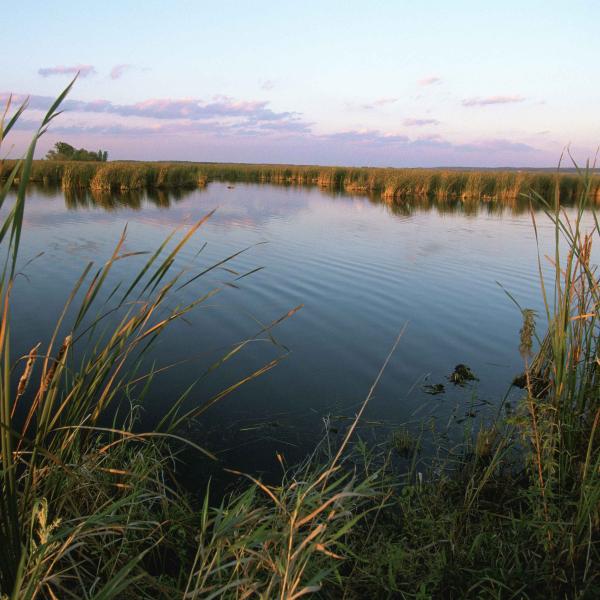
Ramsar Wetlands used by Shorebirds
Shorebirds rely almost entirely on wetlands and coastal areas for their survival as they feed, rest and raise their chicks on the shoreline. They wade in the water (and are sometimes called waders), but don’t swim or ever land on water, unlike seabirds!
Ramsar Wetlands used by Shorebirds outline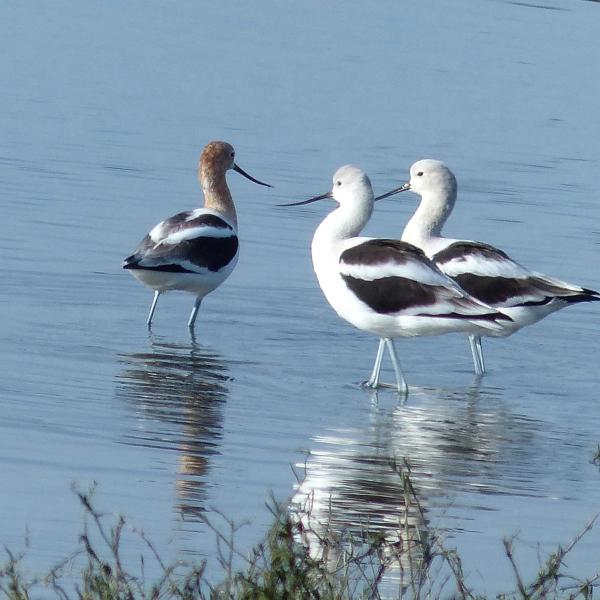
Year 5-6 Accompanying Science Unit
Teacher Lesson plan on Shorebirds
Year 5-6 Accompanying Science Unit Outline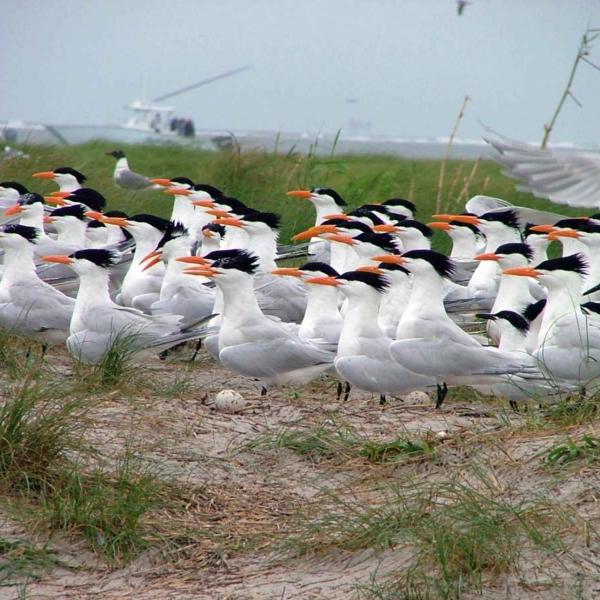
Year 5-6 Accompanying Geography Unit
Teacher Lesson plan on Shorebirds
Year 5-6 Accompanying Geography Unit Outline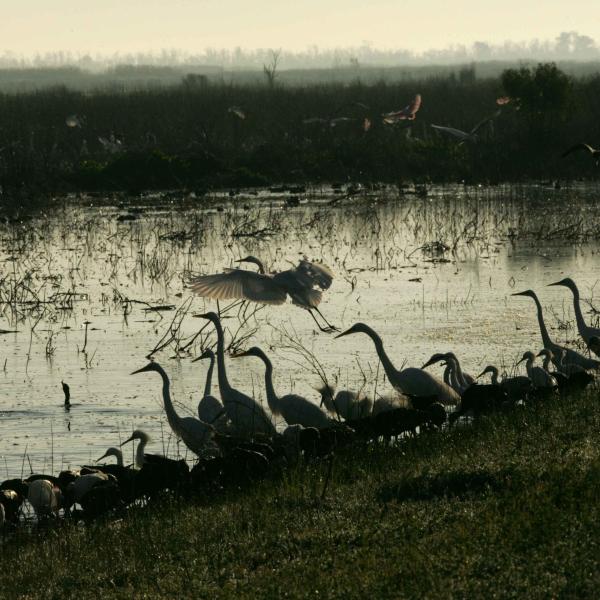
Year 3-4 Accompanying Science Unit
Teacher Lesson plan on Shorebirds
Year 3-4 Accompanying Science Unit Outline
Shorebirds information for students
Shorebirds rely almost entirely on wetlands and coastal areas for their survival as they feed, rest and raise their chicks on the shoreline. They wade in the water (and are sometimes called waders), but don’t swim or ever land on water, unlike seabirds!
Shorebirds information for students outline
Wetlands information for students
Shorebirds rely almost entirely on wetlands and coastal areas for their survival as they feed, rest and raise their chicks on the shoreline. They wade in the water (and are sometimes called waders), but don’t swim or ever land on water, unlike seabirds!
Wetlands information for students outline